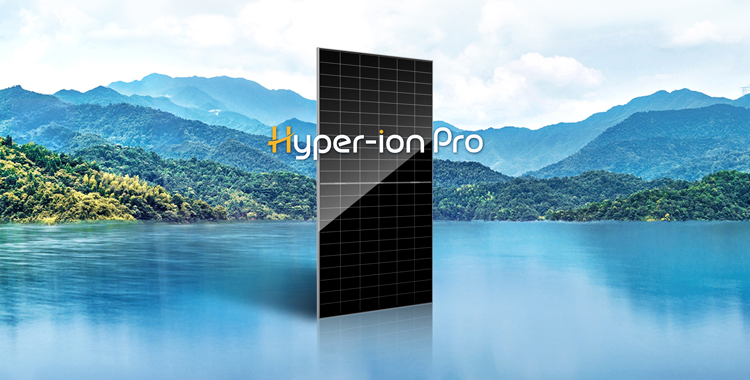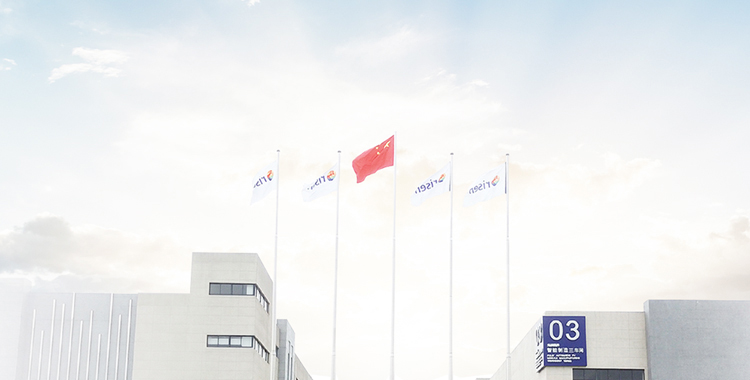Risen Energy earned a net profit of 1.571 billion RMB in the first three quarters in 2023
Recently, Risen Energy released its third-quarter report, which showed that in the first three quarters of this year, the company's operating revenue was 28 billion RMB, a year-on-year increase of 33.27%, and the net profit attributable to shareholders was 1.279 billion RMB, a year-on-year increase of 71.18%. The net profit after deduction of non-recurring gains and losses was 1.571 billion RMB, a year-on-year increase of 104.1%. Benefiting from factors such as the expansion of Risen Energy’s cell and module production capacity, the stabilization of upstream photovoltaic supply chain prices, the company's sales volume of photovoltaic module products increased, with the increase of the sales gross profit margin and sales profits. In addition, Risen Energy began to steadily deliver products in overseas module production bases, leading to a significant surge in its performance.
Looking back on the first three quarters, Risen Energy's business development has seen a multi-dimensional advancement. In terms of energy storage, Risen Energy announced that its subsidiary, SYL’s energy storage PCS had been delivered to the overseas market for the first time at the end of September. In 2021, SYL officially established the 3S product development strategy (BMS/PCS/EMS). With the increasingly fierce market competition, after two years of R&D and domestic project application, SYL’s self-developed PCS has welcomed its first overseas market delivery, which is an important milestone in the development process of SYL.
In terms of HJT (heterojunction) products, Risen Energy has represented a comprehensive update, called Hyper-ion. The module incorporated ultra-thin wafers, low-silver-content paste, 0BB cells, and stress-free Hyper-link interconnection technology, offering advantages such as higher power output greater efficiency and improved cost-effectiveness, Furthermore, the unique low-temperature process and streamlined process inherent to HJT technology significantly reduce its energy consumption during the production phase. Coupled with the use of low-carbon materials including ultra-thin wafers and high-strength alloy steel frames, the product boasts an exceptionally low carbon footprint. Moreover, the high-power output and efficiency of the product lead to increased power generation, resulting in higher carbon emission reductions. The HJT Hyper-ion module can meets the market demands for high returns and low carbon emission, accelerating the achievement of green and sustainable development goals.

















